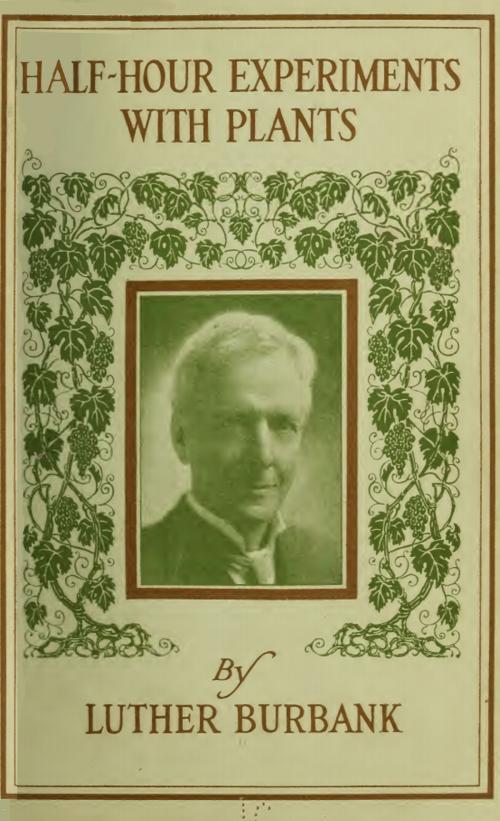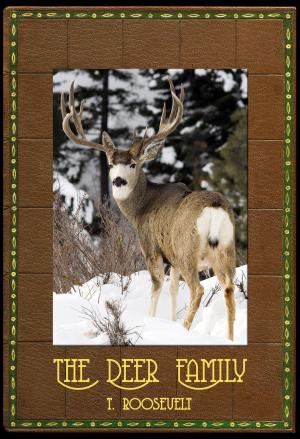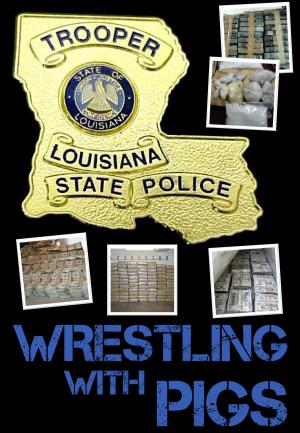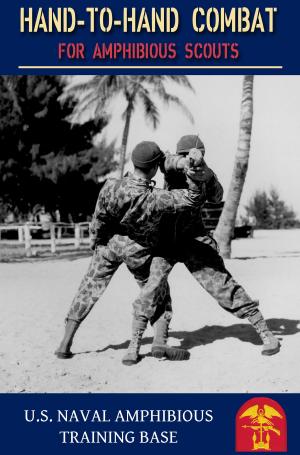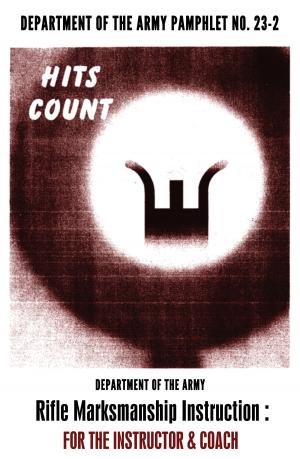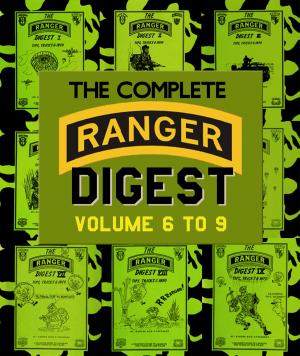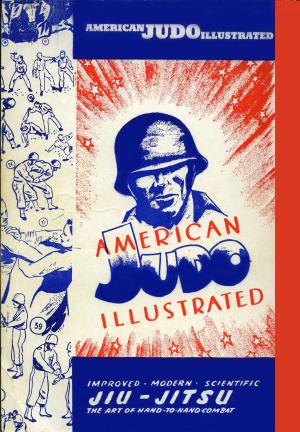| Author: | Luther Burbank | ISBN: | 1230001817751 |
| Publisher: | Loose Cannon Ent | Publication: | August 24, 2017 |
| Imprint: | Sierra Skies | Language: | English |
| Author: | Luther Burbank |
| ISBN: | 1230001817751 |
| Publisher: | Loose Cannon Ent |
| Publication: | August 24, 2017 |
| Imprint: | Sierra Skies |
| Language: | English |
Gardening tips from the" Plant Wizard" himself
Luther Burbank was probably America's most famous botanist, horticulturist and pioneer in agricultural science. He developed more than 800 strains and varieties of plants over his lifetime. Burbank's varied creations included fruits, flowers, grains, grasses, and vegetables. He developed a spineless cactus (useful for cattle-feed) and the plumcot.
This booklet was probably produced by the publisher of his multi-volume masterpiece on plants and his specific gardening techniques as a way to sell a less expensive 'teaser' book to entice serious gardeners to buy his more expensive titles. It briefly details some of his famous plant inventions, and his background. It mostly covers his core experimental techniques for hand-pollenization and grafting that enabled him to do the hundreds and hundreds of experiments that led to his numerous plant discoveries.
Burbank's most successful strains and varieties include the Shasta daisy, the fire poppy (note possible confusion with the California wildflower, Papaver californicum, which is also called a fire poppy), the "July Elberta" peach, the "Santa Rosa" plum, the "Flaming Gold" nectarine, the "Wickson" plum (named after agronomist Edward J. Wickson), the freestone peach, and the white blackberry. A natural genetic variant of the Burbank potato with russet-colored skin later became known as the Russet Burbank potato. This large, brown-skinned, white-fleshed potato has become the world's predominant potato in food processing.
Student's of Burbank and his methods would be wise to also examine the other books he wrote and co-wrote, on his methods and results, including his eight-volume How Plants Are Trained to Work for Man (1921), Harvest of the Years (with Wilbur Hall, 1927), Partner of Nature (1939), and the 12-volume Luther Burbank: His Methods and Discoveries and Their Practical Application.
Gardening tips from the" Plant Wizard" himself
Luther Burbank was probably America's most famous botanist, horticulturist and pioneer in agricultural science. He developed more than 800 strains and varieties of plants over his lifetime. Burbank's varied creations included fruits, flowers, grains, grasses, and vegetables. He developed a spineless cactus (useful for cattle-feed) and the plumcot.
This booklet was probably produced by the publisher of his multi-volume masterpiece on plants and his specific gardening techniques as a way to sell a less expensive 'teaser' book to entice serious gardeners to buy his more expensive titles. It briefly details some of his famous plant inventions, and his background. It mostly covers his core experimental techniques for hand-pollenization and grafting that enabled him to do the hundreds and hundreds of experiments that led to his numerous plant discoveries.
Burbank's most successful strains and varieties include the Shasta daisy, the fire poppy (note possible confusion with the California wildflower, Papaver californicum, which is also called a fire poppy), the "July Elberta" peach, the "Santa Rosa" plum, the "Flaming Gold" nectarine, the "Wickson" plum (named after agronomist Edward J. Wickson), the freestone peach, and the white blackberry. A natural genetic variant of the Burbank potato with russet-colored skin later became known as the Russet Burbank potato. This large, brown-skinned, white-fleshed potato has become the world's predominant potato in food processing.
Student's of Burbank and his methods would be wise to also examine the other books he wrote and co-wrote, on his methods and results, including his eight-volume How Plants Are Trained to Work for Man (1921), Harvest of the Years (with Wilbur Hall, 1927), Partner of Nature (1939), and the 12-volume Luther Burbank: His Methods and Discoveries and Their Practical Application.
